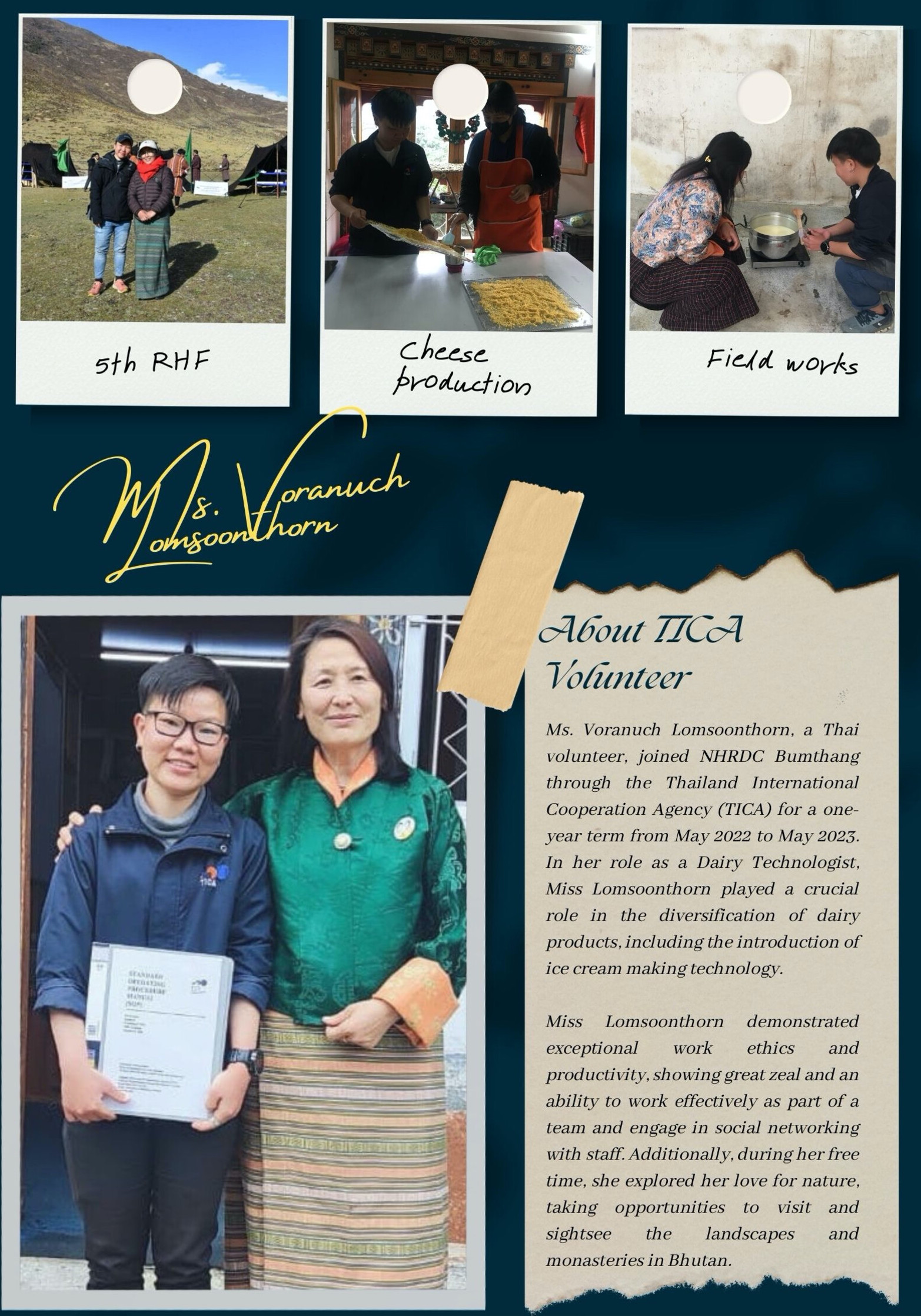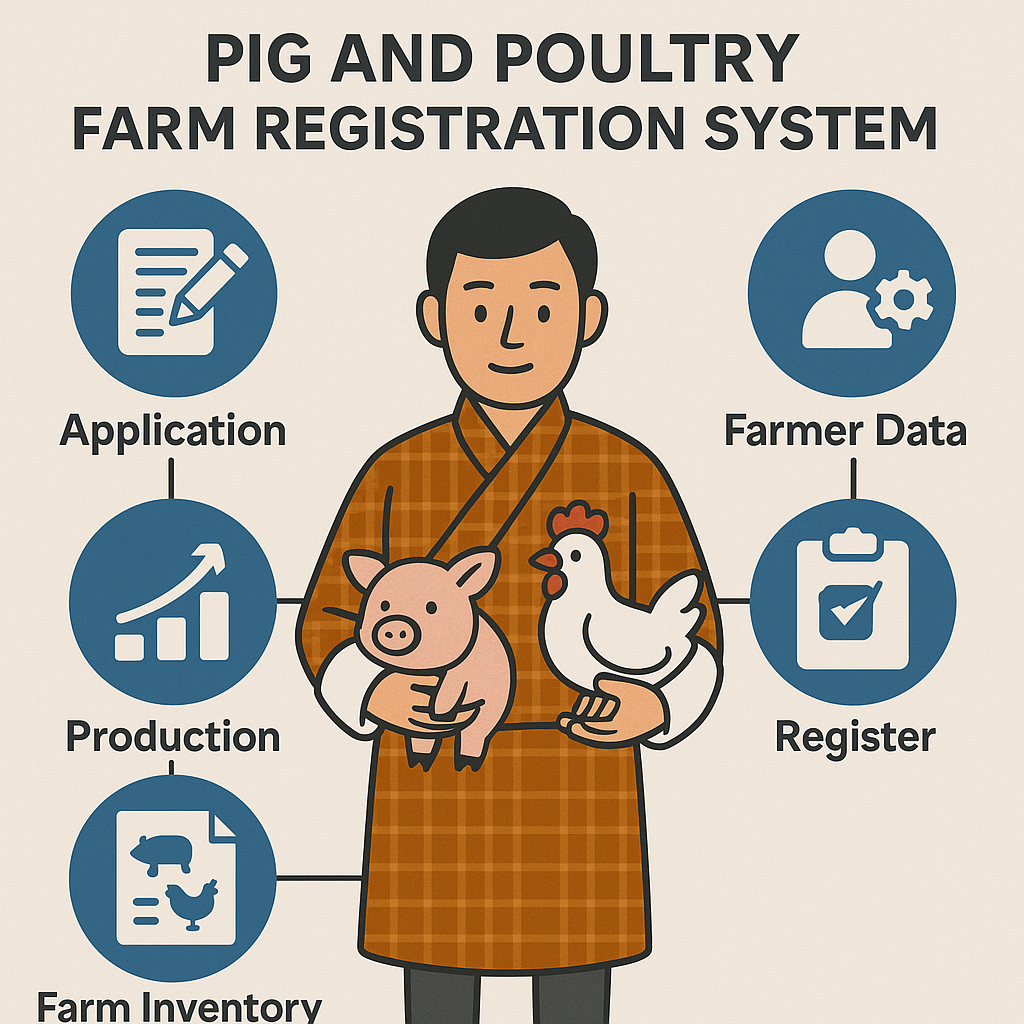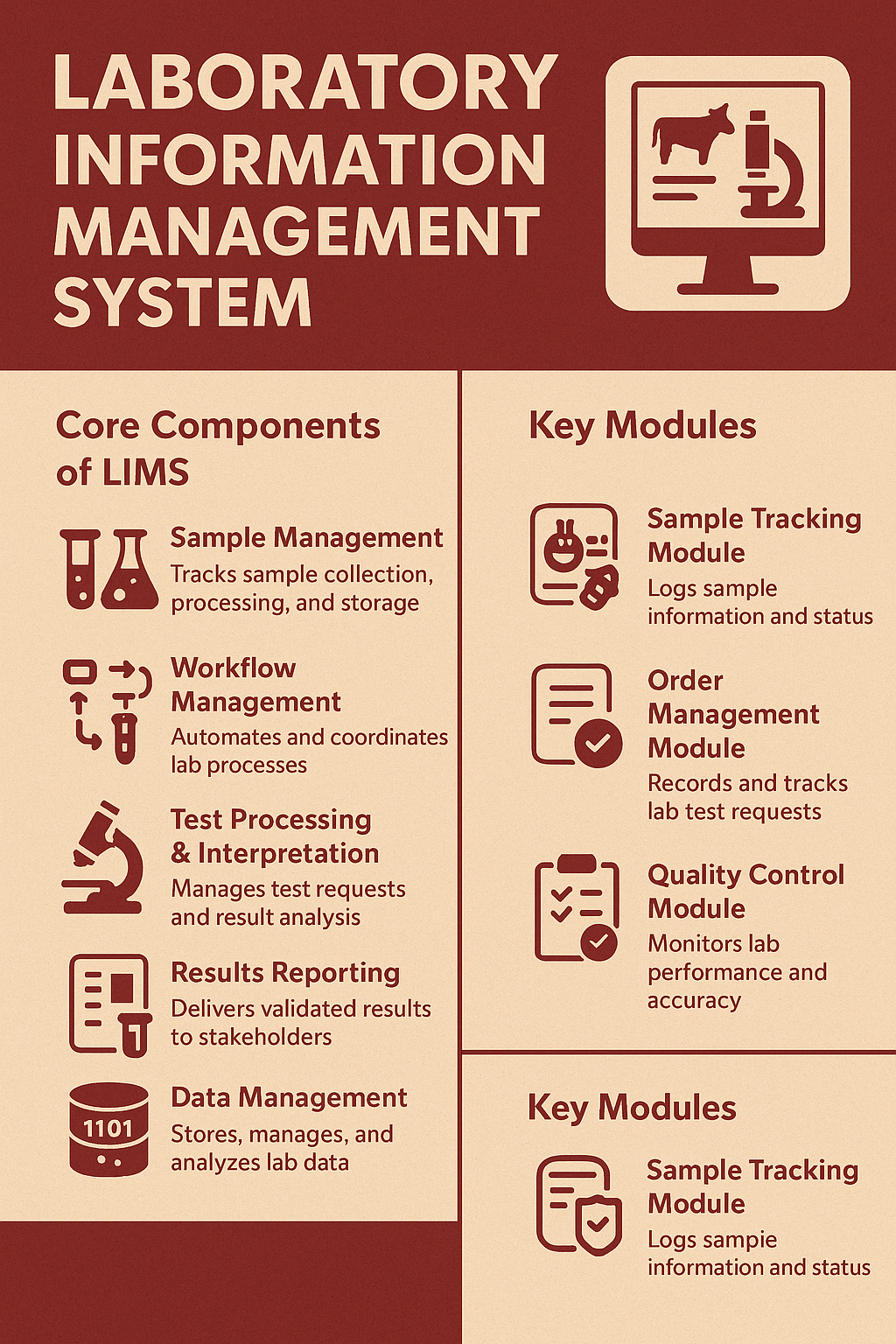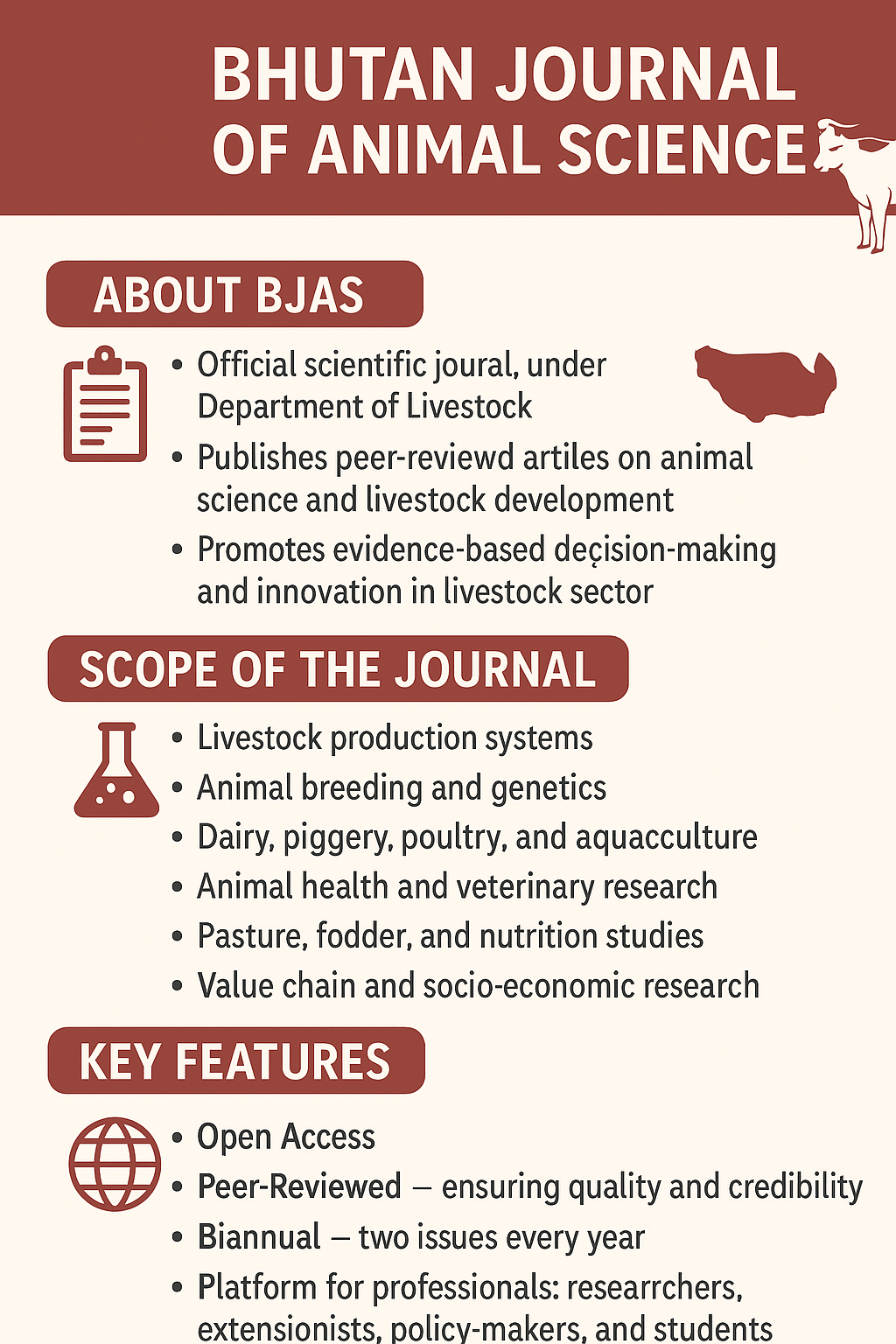𝟏𝟔 𝐌𝐚𝐲 𝟐𝟎𝟐𝟑: The National Highland Development Centre (NHDC), formerly known as the National Highland Research and Development Centre (NHRDC), has been mandated with promoting the socio-economic development of highlanders who rely on yaks and their products for their livelihoods. As part of this mandate, the NHDC has been working towards creating income-generating schemes by diversifying yak products, including the production of dairy products and establishing modern value chains for highland-based products.
In the fiscal year 2022-2023, Ms. Voranuch Lomsoonthorn, a Thai volunteer, joined NHRDC Bumthang through the Thailand International Cooperation Agency (TICA) for a one-year term from May 2022 to May 2023. In her role as a Dairy Technologist, Miss Lomsoonthorn played a crucial role in the diversification of dairy products, including the introduction of ice cream making technology. She was also instrumental in developing Standard Operating Procedures for product making and designing flyers for the Apiculture sector, as well as product packaging during the 5th Royal Highland Festival (RHF), in which she actively participated.
Throughout her tenure, Miss Lomsoonthorn demonstrated exceptional work ethics and productivity, showing great zeal and an ability to work effectively as part of a team and engage in social networking with staff. Additionally, during her free time, she explored her love for nature, taking opportunities to visit the landscapes and monasteries in Bhutan.
In summary, Miss Voranuch Lomsoonthorn’s contribution to the NHDC’s efforts to promote socio-economic development among highlanders through the diversification of yak products is commendable. Her technical expertise, work ethics, and enthusiasm for nature have made a valuable impact, and her involvement in the 5th Royal Highland Festival underscores her dedication to promoting the development of the region.
Reported By: Dr. Vijay Raika (Program Director, NHDC, Wangdue)
![]()







